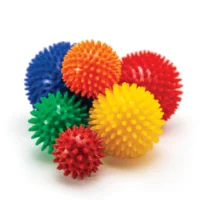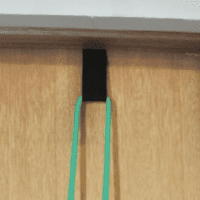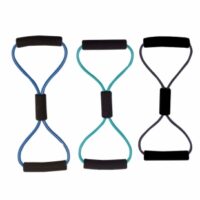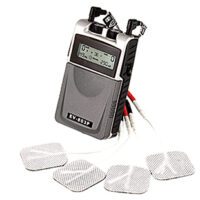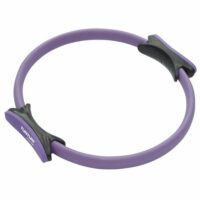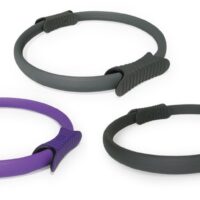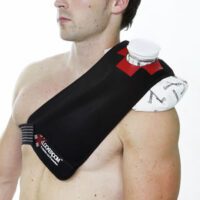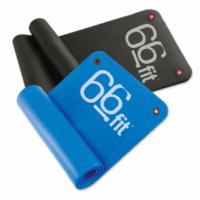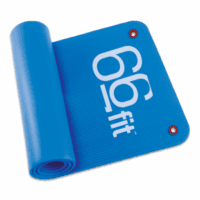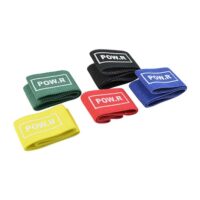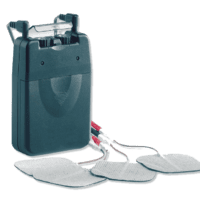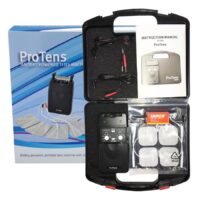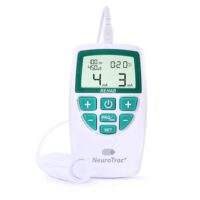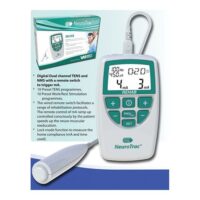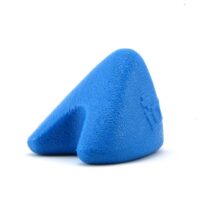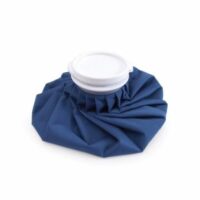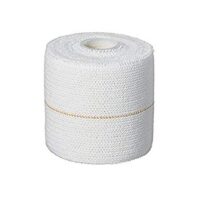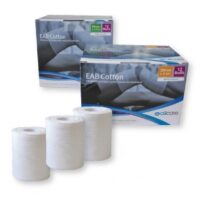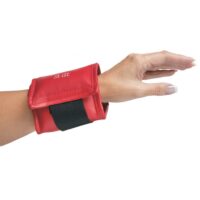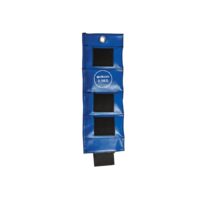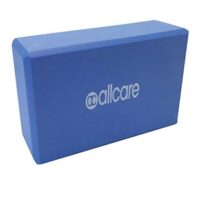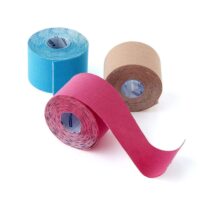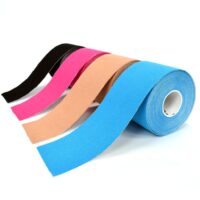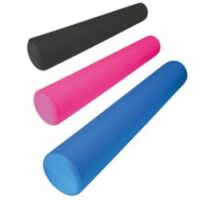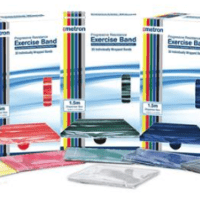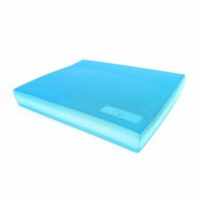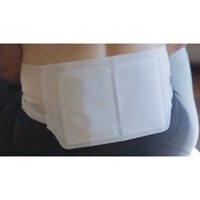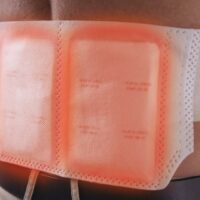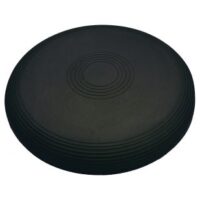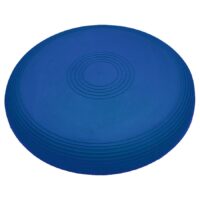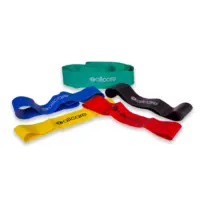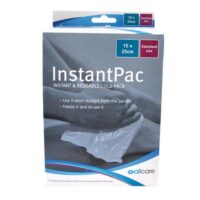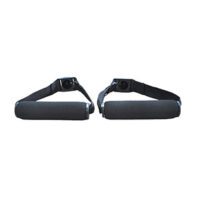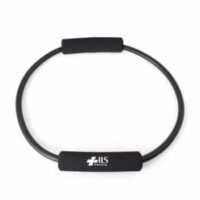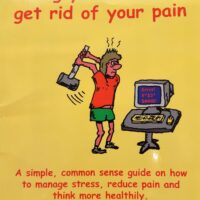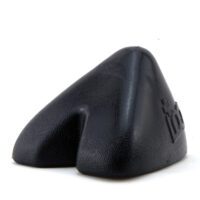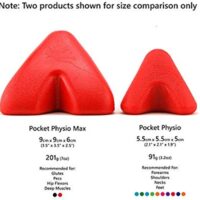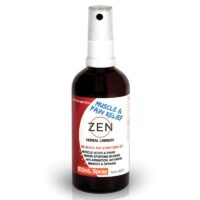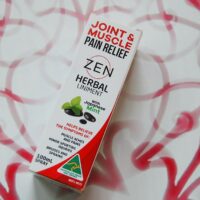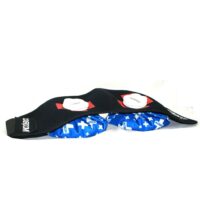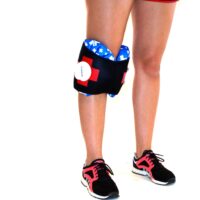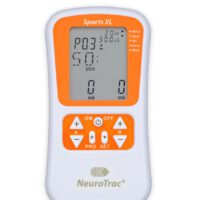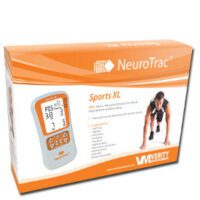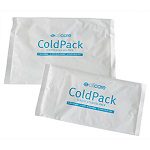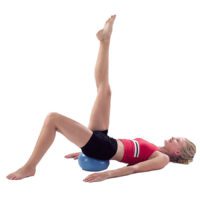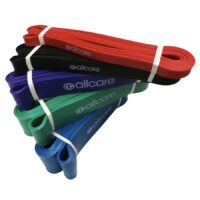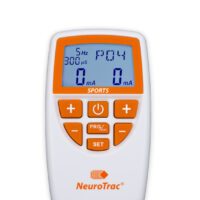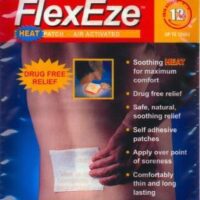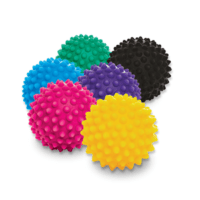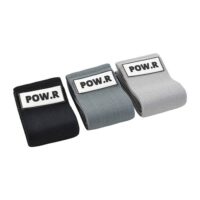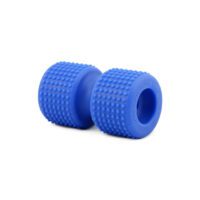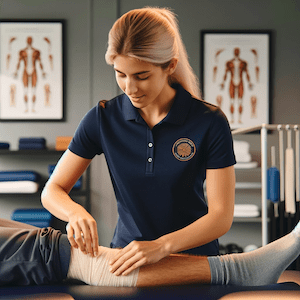Muscle Treatment
Article by John Miller

Effective Muscle Treatment after a Strain
When you suffer a muscle strain, knowing the right muscle treatment steps can make all the difference in your recovery.
Immediate Steps for Effective Muscle Treatment
Proper treatment begins with a swift evaluation and action. Quick medical assessment leads to better muscle treatment outcomes, as some strains may be more complex than they appear.
Key Benefits of Immediate Treatment
Prompt attention to your injury offers several benefits:
- It significantly reduces pain and shortens the duration.
- It lessens the need for pain medications.
- It speeds up the healing process, allowing a faster return to daily life and sports.
- It minimises potential income loss due to work absence.
- It decreases the chance of re-injury.
Initial Muscle Treatment Protocols

Adopt these treatment practices immediately after injury:
Rest as a Priority
Initial rest is a non-negotiable aspect of muscle treatment. Avoid activities that exacerbate the strain. As the muscle starts to heal, gradually reintroduce movement with guidance from a physiotherapist.
Ice and Heat
- Ice: Immediately after the injury, ice helps reduce swelling and pain.
- Heat: After the first few days, heat aids in the healing process by encouraging blood flow.
Compression
Using a compressive bandage can control swelling and offer support, crucial in the early stages of muscle treatment.
Elevation
Elevating the injury can alleviate swelling. Keep the injured muscle above your heart, if possible.
Timely Treatment
Early intervention in muscle injuiy not only provides rapid pain relief but also ensures a faster return to your usual activities.
The Risks of Neglecting Treatment
Ignoring a muscle strain can lead to slower healing, chronic pain, and a higher likelihood of future injuries. Early treatment is the key to a full recovery.
Seek Professional Treatment Advice
Consult with a healthcare professional such as your physiotherapist for a muscle treatment plan tailored to your specific needs.
Expand Your Knowledge
Explore further information on effective muscle treatments, common questions, and products that can assist in your healing journey.
Conclusion: Prioritising Swift and Effective Treatment
In conclusion, addressing a muscle strain with the right treatment promptly is paramount. By acting quickly, you ensure a reduction in pain, a speedy return to your daily activities, and a lower risk of the injury recurring. Remember, rest, ice, compression, and elevation are your first line of defence. As you move forward with treatment, professional advice will be your guide to a full and robust recovery. Stay informed on rehabilitation techniques to manage your recovery effectively and get back to doing what you love, pain-free.
More Information
Rochedale - Call 38410277
Book Online: RochedaleSalisbury - Call 32751044
Book Online: SalisburySandgate - Call 32691122
Book Online: SandgateCommon Muscle Injuries
A Physiotherapist's Guide
Introduction
Muscle injuries, presenting as muscle strain, pain or myalgia, are prevalent health issues affecting a wide range of individuals. This detailed guide, from a physiotherapist's perspective, delves into various muscle injuries, elaborating on their management, prevention, and the importance of professional advice. Explore the linked articles for an in-depth understanding of muscle injuries and their effective treatment.
Neck & Back Muscle Injuries: Causes and Solutions
- Back Muscle Pain: This pain often results from prolonged poor posture or physical overuse. Key to relief is engaging in exercises that strengthen the core muscles and improve posture, thereby alleviating the strain on the back.
- Neck Sprain: Caused by sudden, awkward movements, a neck sprain can benefit from a combination of gentle stretches and targeted strengthening exercises to restore flexibility and strength.
- Text Neck: A modern ailment resulting from extended mobile device use, text neck can lead to chronic pain. Regular breaks, posture-awareness, and neck-strengthening exercises are essential for prevention.
- Whiplash: Commonly occurring in car accidents, whiplash requires a careful approach including neck stabilisation exercises and controlled movement to encourage healing and prevent further injury.
Lower Limb Muscle Injuries: Understanding and Treating
- Hamstring Strain: Particularly common among athletes, particularly runners, this strain demands rest initially, followed by a carefully structured rehabilitation program focusing on gradual strength building and flexibility.
- Thigh Strain: Often seen in sports involving sprinting and jumping, thigh strains need a combination of rest, ice, compression, and elevation (RICE) in the initial stages, followed by carefully planned strengthening exercises.
- Groin Strain: This injury requires a nuanced approach, including sufficient rest and targeted exercises, to ensure a safe and effective recovery.
- Calf Muscle Tear: Key to recovery is a balance of rest, gentle stretching exercises, and a gradual return to full activity, ensuring the muscle heals correctly and strength is regained.
Upper Limb Muscle Injuries: Prevention and Care
- Golfer's Elbow and Tennis Elbow: Both these conditions involve inflammation of the tendons and require a rest period, followed by ice therapy and specific exercises tailored to strengthen the affected muscles.
- Corked Thigh: Resulting from direct impacts, these injuries demand immediate application of ice and a controlled, gradual exercise regime for recovery.
- DOMS, Fatigue-Related Cramps & Myalgia: Adequate rest, good hydration, and gentle stretching are crucial in alleviating these conditions.
- RSI: Regular stretching, ergonomic workplace adjustments, and taking breaks are key preventive measures for repetitive strain injury.
Systemic Causes of Muscle Pain: A Holistic View
- Fibromyalgia: This complex condition demands a holistic treatment approach, including exercise routines, stress management techniques, and sometimes medication.
- Rheumatoid Arthritis: Effective management combines medication, gentle exercise, and regular physiotherapy sessions.
Prevention and Management Strategies
- Regular Exercise: Regular physical activity helps maintain muscle strength and flexibility, reducing the risk of muscle injuries.
- Posture Improvement: Good posture, both in motion and at rest, is crucial for preventing muscle strain.
- Proper Warm-up and Cool-down: Adequate warm-up before and cool-down after physical activity is vital in preventing muscle strains and injuries.
- Ergonomic Adjustments: Making ergonomic adjustments at work and during daily activities can significantly reduce the risk of repetitive strain injuries and other muscle-related issues.
- Maintaining a Healthy Weight: Keeping a healthy weight reduces the strain on muscles, particularly in weight-bearing joints.
What to Do? Seeking Professional Advice
Consult a physiotherapist or doctor for personalised advice and treatment plans. Remember, early intervention can significantly improve recovery outcomes and prevent chronic problems.
Conclusion
While muscle injuries are common, effective management and prevention are achievable with the right approach and knowledge. Understanding the causes, symptoms, and various treatments available empowers individuals to take proactive steps in their recovery and prevention. For the most tailored and effective treatment, always seek the guidance of a professional physiotherapist.
Rochedale - Call 38410277
Book Online: RochedaleSalisbury - Call 32751044
Book Online: SalisburySandgate - Call 32691122
Book Online: SandgateCommon Muscle Injury FAQs
Managing and Recovering from Muscle Injuries
Welcome to our Muscle Injury FAQs. It's your comprehensive guide for understanding, treating, and bouncing back from muscle injuries.
We'll discuss the different muscle injury types, grasp the concept of muscle trigger points, and discover the reasons behind muscular pain post-exercise. Learn about effective treatments to speed up recovery, and explore the benefits of stretching exercises and foam rollers. Embrace the therapeutic effects of various massage therapies including remedial, relaxation, trigger point, acupressure, and sports massages. Gear up to play an active part in your journey towards recovery from muscle injuries.
For more detailed information simple the question hyperlinks below.
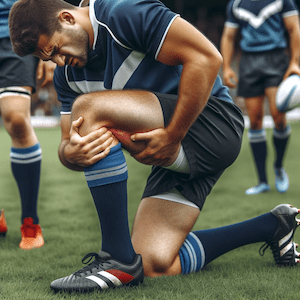

Diagnosing Muscle Injuries
- How Do You Know If It’s A Muscle Injury? - Understand how to identify a muscle injury, distinguishing it from other types of pain.
- What are the 4 Types of Muscle Injuries? - Explore the four main categories of muscle injuries, including strains and tears.
- What are the Most Common Muscle Injuries? - Learn about the most frequently occurring muscle injuries and how they affect your body.
- What is a Trigger Point in a Muscle? - Discover what trigger points are and their role in muscle pain.
- What Causes Post-Exercise Muscular Pain? - Uncover the reasons behind the muscular discomfort you feel after exercising.
- How Do You Know If Your Back Pain Is Muscular? - Find out how to determine if your back pain is due to a muscle injury.
- Tendinopathy vs Muscle Tear: What's the Difference? - Understand the differences between tendinopathy and muscle tears.
- Muscle vs Ligament Injury? - Learn the distinctions between injuries to muscles and ligaments.
Early Muscle Injury Treatment
Muscle Treatment & Recovery
- What is the Best Early Muscle Injury Treatment? - Discover the most effective initial treatments for muscle injuries.
- How Long Does it Take for a Muscle Injury to Heal? - Find out the typical healing times for various muscle injuries.
- How Does Dry Needling Help Muscle Injury? - Explore the benefits and process of dry needling in muscle injury recovery.
- How Can You Speed Up Muscle Recovery? - Learn strategies to accelerate the healing process of muscle injuries.
- What’s the Benefit of Stretching Exercises? - Understand the importance of stretching exercises in muscle recovery.
- How Do Foam Rollers Help Muscle Recovery? - Discover how foam rollers aid in the recovery of muscle injuries.


Massage & Muscle Injuries
- Muscle Injury? What are the Benefits of Getting a Massage? - Explore the therapeutic advantages of massage for muscle injuries.
- What Is The Difference Between Remedial & Relaxation Massage? - Learn the distinctions between remedial and relaxation massage techniques.
- How Does Trigger Point Therapy Help? - Understand the role of trigger point therapy in treating muscle injuries.
- How Does Acupressure Help Muscle Injury? - Discover how acupressure can aid in the recovery of muscle injuries.
- What is Sports Massage? - Explore the specifics and benefits of sports massage for athletes and active individuals.
- When is the Best Time to Get a Pre-Event Massage? - Learn the optimal timing for a pre-event massage to enhance performance.
- When is the Best Time for Your Post-Event Massage? - Find out the ideal time to receive a post-event massage for effective recovery.
Conclusion
In conclusion, this FAQ article on managing and recovering from muscle injuries offers a wealth of information, from understanding different types of injuries like muscle strains and tears, to exploring various treatment and recovery options. Whether you're dealing with a recent injury, seeking preventive advice, or exploring therapeutic methods like massage and acupressure, this guide serves as a valuable resource.
Remember, the journey to recovery is unique for each individual, and this guide aims to empower you with knowledge and tools to aid in your healing process. Stay informed, listen to your body, and seek professional advice when needed, as you navigate the path to recovery and optimal muscle health.
Rochedale - Call 38410277
Book Online: RochedaleSalisbury - Call 32751044
Book Online: SalisburySandgate - Call 32691122
Book Online: Sandgate



